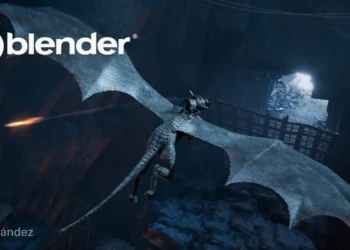Adobe’s latest update to Photoshop introduces new features that focus on generative AI technologies. These are primarily the Firefly-powered Generative Fill and Generative Expand functionalities. These tools offer users the ability to add, remove or expand content in images, and they can do so based on text prompts in over 100 languages. The generated alterations are designed to match the existing lighting, perspective and style of the original image.
The altered or newly added content is placed in a separate Generative layer, allowing for further refinement with Photoshop’s standard suite of tools. The technologies are based on a database of images from Adobe Stock and are intended for commercial use.
For users unfamiliar with the Generative Fill feature, an onboarding experience is available. This includes an interactive and contextual series of videos and tutorials that guide the user through the process. Additional support comes in the form of sample prompts and tooltips.
The update also aims to address ethical considerations by appending Content Credentials to images that have been altered using the generative AI technologies. This provides a layer of transparency, indicating that generative AI technologies have been used in the image’s creation or alteration.
From November, a credit system will be introduced for using these tools with each plan given a certain number of “fast” generations per month.
Another notable change is in the Remove tool, which now allows users to draw a loop around an area for removal, rather than brushing over it. The software calculates how to close the loop automatically, which may be a more efficient way to remove items from an image. The Contextual Task Bar has been updated to offer more immediate access to commonly used tools and actions, aimed at aiding in masking and generative AI workflows.
The update also removes the preset sync functionality, meaning users will no longer be able to synchronise settings across multiple devices. Startup performance is claimed to be improved, although specifics were not provided. The software now also supports additional cameras and lenses, with details available in the official list.
To learn more, visit the Adobe website.







